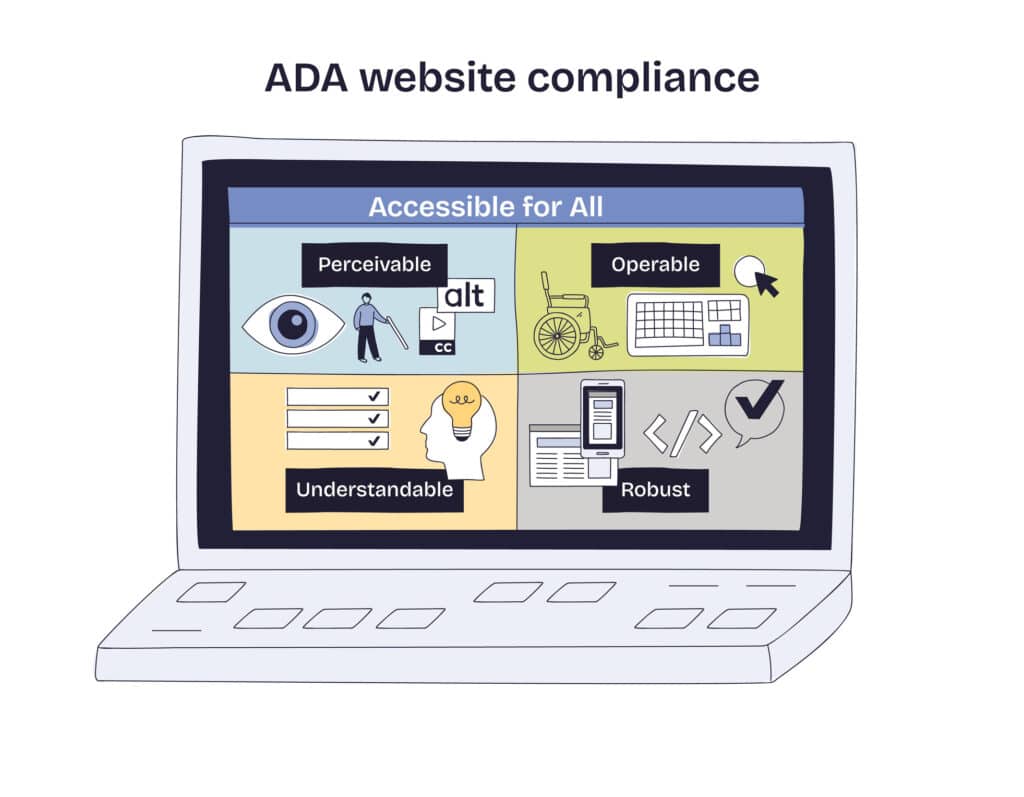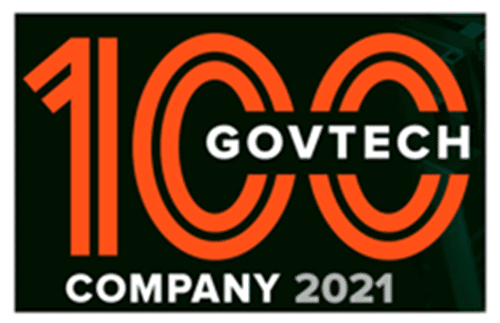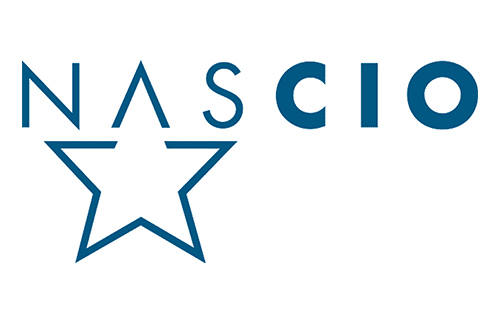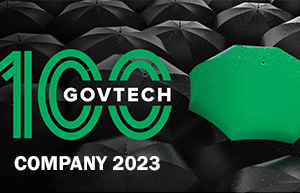When President Trump signed the executive order launching America by Design this August, it marked a bold new chapter for how government thinks about service delivery. By establishing a National Design Studio and appointing Airbnb co-founder Joe Gebbia as Chief Design Officer, the federal government sent a powerful signal: the citizen experience matters. The goal is clear. By July 4, 2026, Americans should expect digital government services that are modern, intuitive, and inclusive.
This initiative is more than a policy milestone. It reflects a shift in how governments everywhere are rethinking service delivery, recognizing that accessibility and design are not “nice to have,” but fundamental to public trust. Citizens don’t compare government websites with each other. They compare them with the apps they use every day. If those expectations are not met, frustration grows and confidence in institutions declines.
The Urgency of Innovation in Government
Government agencies face immense pressure. Outdated processes such as paper forms, static PDFs, and in-person signatures no longer align with how people live and work. These legacy systems create barriers for residents, increase costs for agencies, and slow down services for those who need them most.
The risks of maintaining the status quo are real. Citizens shut out by inaccessible systems, businesses delayed by permitting backlogs, or families unable to navigate complex benefit applications all represent moments where government fails to meet its mission. Over time, these frictions chip away at public trust and widen inequities.
Innovation is not just about efficiency. It is about equity, access, and ensuring government can deliver on its promises. That is why America by Design is so timely: it validates the urgent need to build services that are simple, usable, and designed for everyone.
Bridging the Gap Between Vision and Execution
The National Design Studio sets a bold federal vision. But agency leaders still face the challenge of execution. Too often, modernization efforts stall in lengthy procurement cycles, consultant-heavy projects, or siloed IT initiatives. The result is costly delay and limited impact.
To bridge this gap, agencies need tools and mindsets that empower public servants to act quickly and sustainably. That means:
- Automating routine processes to save staff time and reduce backlogs.
- Designing accessible digital forms that meet ADA and language access requirements by default.
- Embedding human-centered design principles to make services intuitive for residents of all abilities and backgrounds.
The goal is not technology for its own sake. It is to translate design principles into better outcomes for people.
Building for Scale and Sustainability
State and local governments have already shown how modernization can transform service delivery. For example:
- A county assessment department cut manual data entry by more than 50%.
- A state agency that processes up to 4,500 license applications each year reduced turnaround times from months to just a few days—far ahead of the state’s 60-day upper limit, a minimum efficiency gain of 90%.
- A city planning office moved away from paper-based processes that required in-person submissions and manual payment confirmations. Now, contractors and homeowners can save time by submitting new building applications online.
These examples prove that modernization delivers measurable results: reducing approval delays, cutting abandonment rates, and eliminating the risks of paper-based processes. When agencies scale these improvements across departments and services, they build a culture of efficiency, accessibility, and trust that strengthens the public sector as a whole.
A Cultural Shift, Not Just a Tech Upgrade
Digital transformation in government is not just about new platforms. It represents a cultural shift in how agencies think and work.
- Staff move from paper-pushing to problem-solving.
- Agencies adopt agile mindsets that value iteration and feedback.
- Citizens experience services that reflect respect, dignity, and ease of use.
This is the true promise of America by Design: not just better websites, but a government that feels more responsive and human.
Extending the Vision
The creation of the National Design Studio is an important step toward aligning federal priorities with citizen expectations. But agencies cannot afford to wait until 2026. They need practical ways to modernize today, drawing on lessons already learned in states, cities, and counties nationwide.
The path forward requires both bold vision and real-world execution. By embracing human-centered design, modern automation, and scalable platforms, government can leap into a design-first era that restores trust and improves the lives of the people it serves.
Innovation in government cannot wait. The time to act is now.














